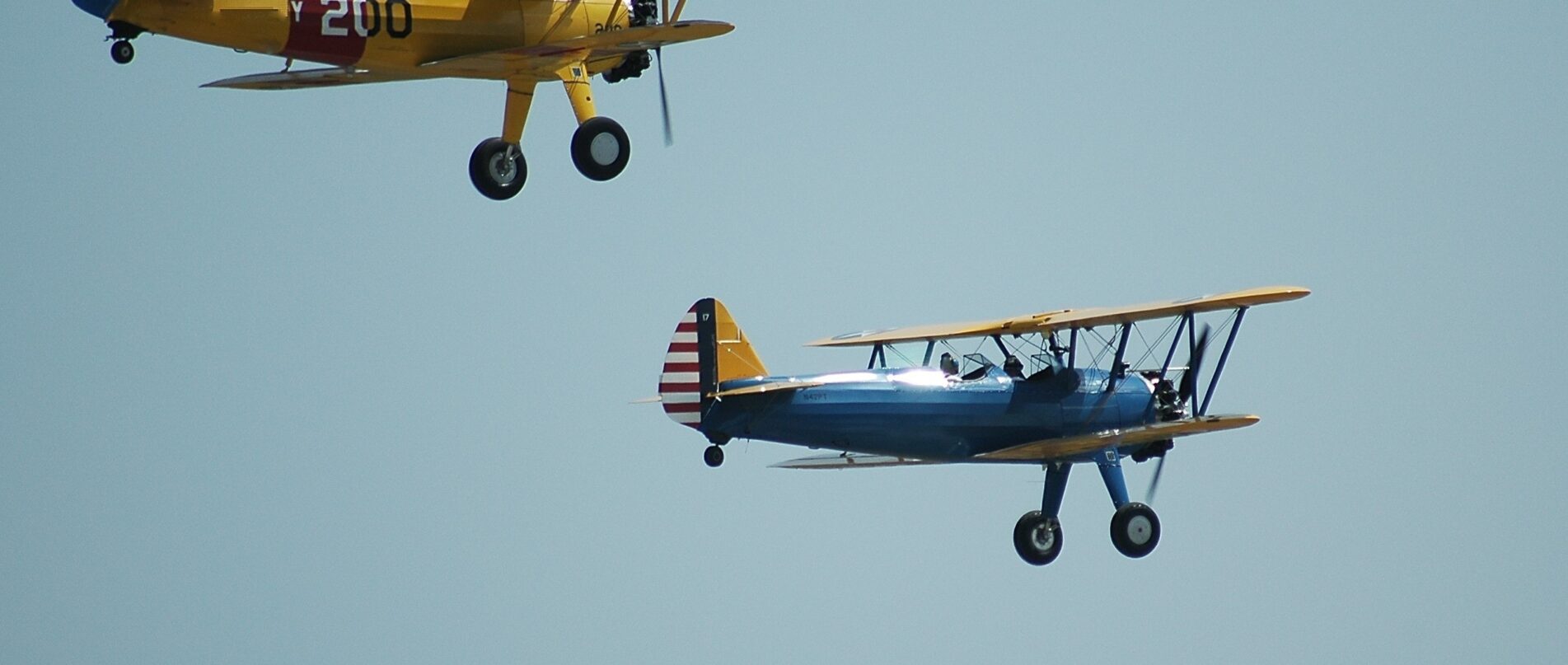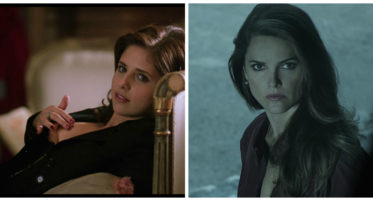
Prompt Images
Every July, thousands of planes fill the skies around my hometown. I know what you’re thinking. Are you in the middle of the war zone? A zone that hosts war games on an annual basis? The answer is neither, nor is it anything else scary or anxiety-inducing.
You see, for one week every July, Oshkosh, Wisconsin—my neighboring city—is home to the busiest airfield in the world, welcoming almost 20,000 planes, hailing from Milwaukee to Manila (at least according to the map put up every year in the nearby Gap Outlet).
What makes more than 500,000 people converge on this random city in the Midwest?
Experimental Aircraft Association (EAA) Airventure, the Holy Land of aviation enthusiasts and literal frequent fliers. For more than 50 years, people have gathered at the EAA grounds to check out the newest innovations in flying, stock up on industry swag, hear from experts and stars in the field, and see the impressive planes their fellow visitors have flown in to share and show off. On the same stretch of land, you can view the expanse of aviation history, from planes of the Wright Brothers’ era, to exhibits on the Apollo missions and Boeing Airbus. It is truly everything an avid aviation fanatic could want.
While my parents tell me that we attended EAA in my childhood, I don’t remember being on the actual grounds until I was an adult. Yet, my mind is far from empty of EAA memories from those years. What sticks in my mind is driving the highway up to Oshkosh, watching out my passenger’s side window as brightly colored planes circled, their metallic wings glimmering in the sun.
Many years, we’d stop at the outlet mall across the road from the EAA grounds, and as my mom, sisters, and I sorted through Old Navy fashion, we’d hear the sonic boom of a F-16 breaking the sound barrier or the buzz of a helicopter. Other years, we’d drive over to Wittman Airport, where you could largely dodge the traffic and human congestion of EAA grounds—as well as the steep entrance fee—to take in the daily airshow from the parking lot. Although we did not get the view that came with being directly on the runway shoulder like those experiencing it from the grounds, we were close enough to see the smoke of the “bomb runs” from the vintage military planes, the whip fast speed of the Blue Angels, and the incredibly intricate acrobatics of planes performing tricks and stunts—all with near-perfect clarity. It was, and remains, stunning.
My early 20s are when the EAA AirVenture grounds first enter my memory.
As a reporter working in a network of newspapers, the convention was an all-hands-on-deck affair, meaning that although it was technically out of my coverage area, I was called in to assist with the event. I’ll admit, I didn’t exactly look forward to my days on the grounds.
Covering EAA meant early days, struggles to find parking, and trying to find a story somewhere in the mass of people, which—as an introverted reporter—was basically my nightmare. Still, I found myself gawking at the military aircraft like the Super Galaxy, its gray, ginormous body larger than anything I had seen or imagined, and tried to sneak as many peeks of the airshow as I could from out the window of our newspaper shack (because of course the show fell in the half hour before deadline).
One of my greatest hopes was to catch a glimpse of a flight hero, such as Apollo 13’s Jim Lovell or members of the Apollo 11 crew who had been guests in years past. If not them, I wished to brush elbows with one of the celebrities who liked to attend, and whose sightings in Oshkosh were the stuff of EAA legend. The list of attendees is as star-studded as you can get in the Great Lakes region—Harrison Ford, John Travolta, Tom Cruise, George Lucas, and Stan Lee, who even created an aviation-themed superhero named “Aviore” for EAA.
Alas, I saw none of them; but that did not mean I went without meeting outstanding, inspiring people. One of my assignments was to attend WomenVenture, which gathered women from throughout the aviation—and literal—world to share their knowledge and stories to empower one another. The speaker was U.S. Air Force Col. Kim “KC” Campbell, one of the only a few women in her Air Force class, and one of only a few people in the Air Force to fly a plane in manual reversion and survive, at least during Operation Iraqi Freedom. At the presentation, I also spoke with New Zealander Dee Bond, who like Campbell, was one of the only women in her flight class. Bond was not in the military, but instead flew with the Ninety-Nines, an organization of women pilots who race each other across continents and oceans, all while seeking to inspire a legion of women frequent fliers.
I should note that what my experience lacked in celebrity it made up for in Hollywood sparkle.
I met a family who built specialty and replica planes for movies, including a replica of a plane from 1909 crafted for the film Amelia starring Hillary Swank and Richard Gere. Was it Harrison Ford? No, but was it still awesome? Hell yes.
Since leaving reporting during the pandemic, I have not returned to the grounds, but each year, my family travels up to the airport to take in the airshow, my niece and nephews now in tow. Despite our age difference, I find myself like them viewing the show through a child’s eyes as it continues to capture my attention and my imagination. Why? I think it boils down to what the ‘E’ in EAA stands for: experimental. The entire field of aviation is based on experiment—the trial and error at Kitty Hawk, the tenacity and tragedy of the NASA program. Flight is not for the pessimist. After all, who other than an optimist could believe that in the face of gravity, the heavy, non-aerodynamic human could find their place in the sky?
Like so many innovations, flying and space travel require dancing on the razor’s edge of bravery and risk.
As someone who has flight anxiety and has sworn off ever getting into a tiny plane, I am in awe of these frequent fliers who do literal loop-de-loops in the sky and dive towards the ground just to pull up at the last possible second, caution nearly thrown to the wind. Yes, to do so must take thousands of flight hours and a deep well of ambition, but also a strong faith in science and yourself to believe that you’ll have enough lift to overcome the drag. It’s a fearlessness I admire, and as I watch with my feet firmly on the ground, and my eyes trained on the sky, I can’t help but wonder what it must be like to love something so much, you keep taking off without worrying about the crash that could come.



